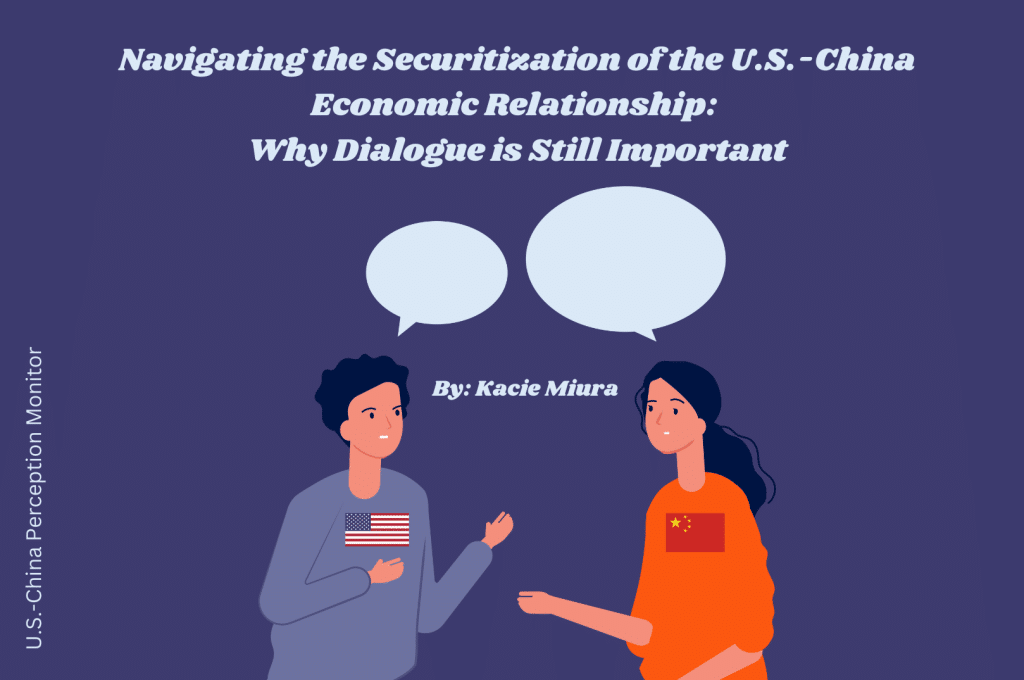Japan’s Prime Minister Takaichi Finally Says Something Close to What Beijing Wants to Hear
New Kid On The Block: The Asian Infrastructure Bank
Since their ascension into the U.N and acceptance into the World Bank and World Trade organization, China has striven to take a greater role in the international community. One such mechanism for which the Chinese are undertaking to achieve this endeavor is the Asian Infrastructure Investment Bank (AIIB), an international financing institution which differs from the World Bank and International Monetary Fund (IMF) due to its sole focus is on infrastructure. As of its official founding on January 16th 2016, the 57 contributing member countries to the AIIB have raised over 100 billion dollars of authorized capital between them, with China being the largest shareholder with 26.6% voting shares followed by India at 7.5%, Russia at 5.93%, and Germany with 4.5%. The United States has not signed onto the bank, and it has been adamantly opposed to the operation citing concerns over the threat of possible abuse by China. The following is an overview of the AIIB, the concerns the U.S has, and the Chinese response to these worries.
Asia is in trouble, with the harsh truth of the matter being that “between now and 2030 an estimated $90 trillion will be required to meet infrastructure demands across the continent” according to Forbes. Currently, the AIIB has pledged to invest 50 billion dollars into infrastructure globally by 2020 to close this deficit, and the official AIIB website reports that as of February 2017, 9 projects had already been approved in Oman, Pakistan, Bangladesh, Myanmar, Indonesia, Tajikistan, and Azerbaijan in the energy and transportation sectors. According to an Economist reporter who goes by his initials S.R., in the same period the Japanese Asian Development Bank (ADB) is set to contribute $160 billion and the World Bank will also contribute $223 billion towards infrastructure investment.
According to New York Times reporter Jane Perlez, much of the reluctance from the U.S to join the AIIB is based around the idea that “China will use the bank to set the global economic agenda on its own terms.” Some have characterized the bank as a “practical application of Xi Jinping’s One Road, One Belt vision” like those business analysts at China-Briefing.com, and others such as Nicholas Firzli of the Paris think tank World Pensions Council (WPC) echo this concern, seeing the bank as a “political tool for China to pull countries in Southeast Asia closer to its orbit.” The Diplomat’s Shannon Tiezzi saw this occurring in the case of the Philippines who, after the United Nations Court on the Law of the Sea ruled in their favor against China, seemed to turn towards them rather than away. The idea here is that by expanding their reach in the region Beijing could influence the actions of those the bank lends to, or may lend to in the future.
In contrast, Chinese are adamant that there is no ulterior motive behind the AIIB with the Global Times Hu Weijia reporting that “Beijing has repeatedly stated that it has no intention of subverting the global order”, but “US may have opted not to join the AIIB because of fears that the bank would threaten its own dominion in the region”. Calls for the United States to join have appeared in the China Daily and the Global Times, with Chinese Premier Li Keqiang is quoted as saying “China wants to work with others to uphold the existing international financial system… and is ready to continue to play our role in building the current international financial system.” As noted by Takatoshi Ito from the Center of Japanese Economy and Business, the structuring of the AIIB means that the addition of the United States would dilute the voting power of China. Towards that aim, in the same piece Ito also observes that “China has continuously modified the core architecture of the AIIB, such as lowering its own shareholder percentage, and has attempted in various ways to call for nations to join the AIIB.”
China does not reject that it is trying to craft a new international order through projects such as the One Belt One Road initiative with its stated goal to “link China with countries around the world through existing infrastructure and new projects with the aim of increasing global interconnectedness and communication.” While AIIB may not be explicitly in place to help bring this dream into fruition, the connection between China and the projects the new bank will finance is unavoidable, as is the reputational boost it will receive from them. In the eyes of the United States this brings up concerns over the influence this could give China to exert their will over smaller states in Asia, or as the Chinese see it usurp the United States as leader in the region. The question begs, can the Chinese put to rest U.S concerns over the AIIB and their grander geopolitical goals so that both parties can work together in shaping the future?
Daniel Grober is one of the Spring 2017 interns at the Carter Center’s China Program. You can follow him on Twitter @Daniel_Grober.





